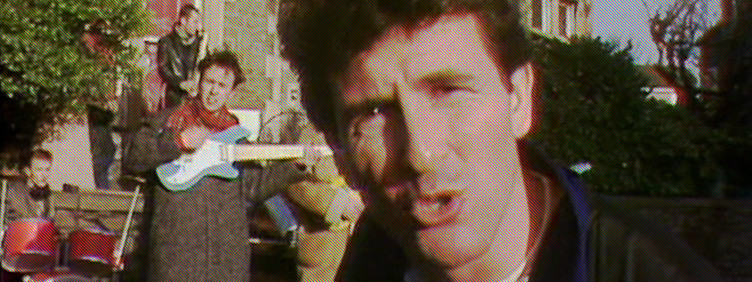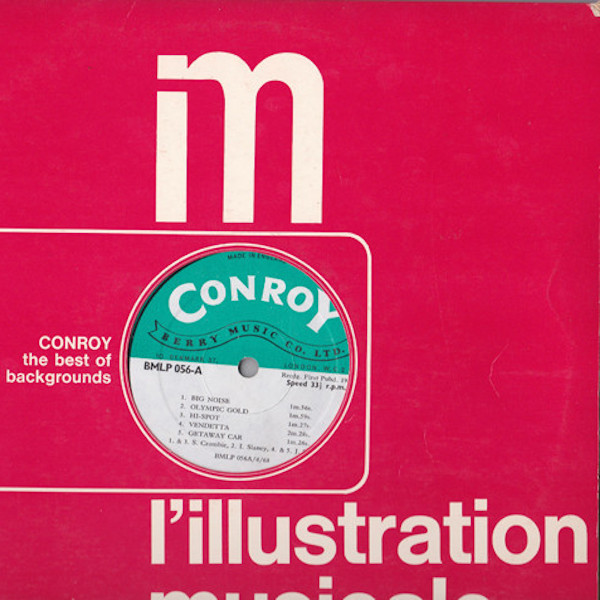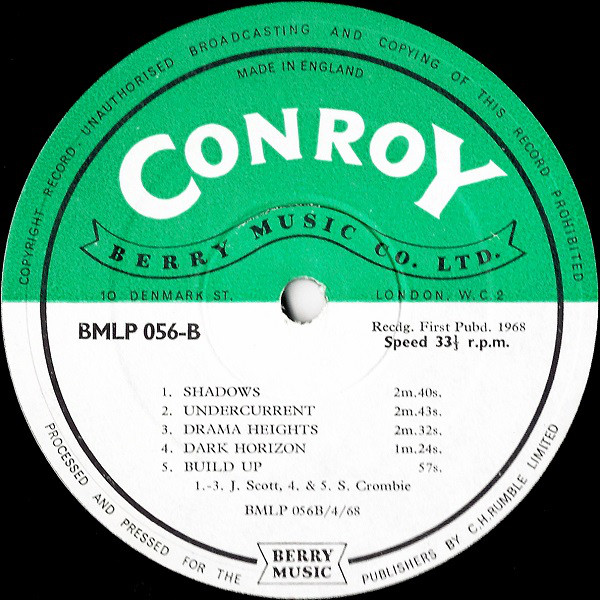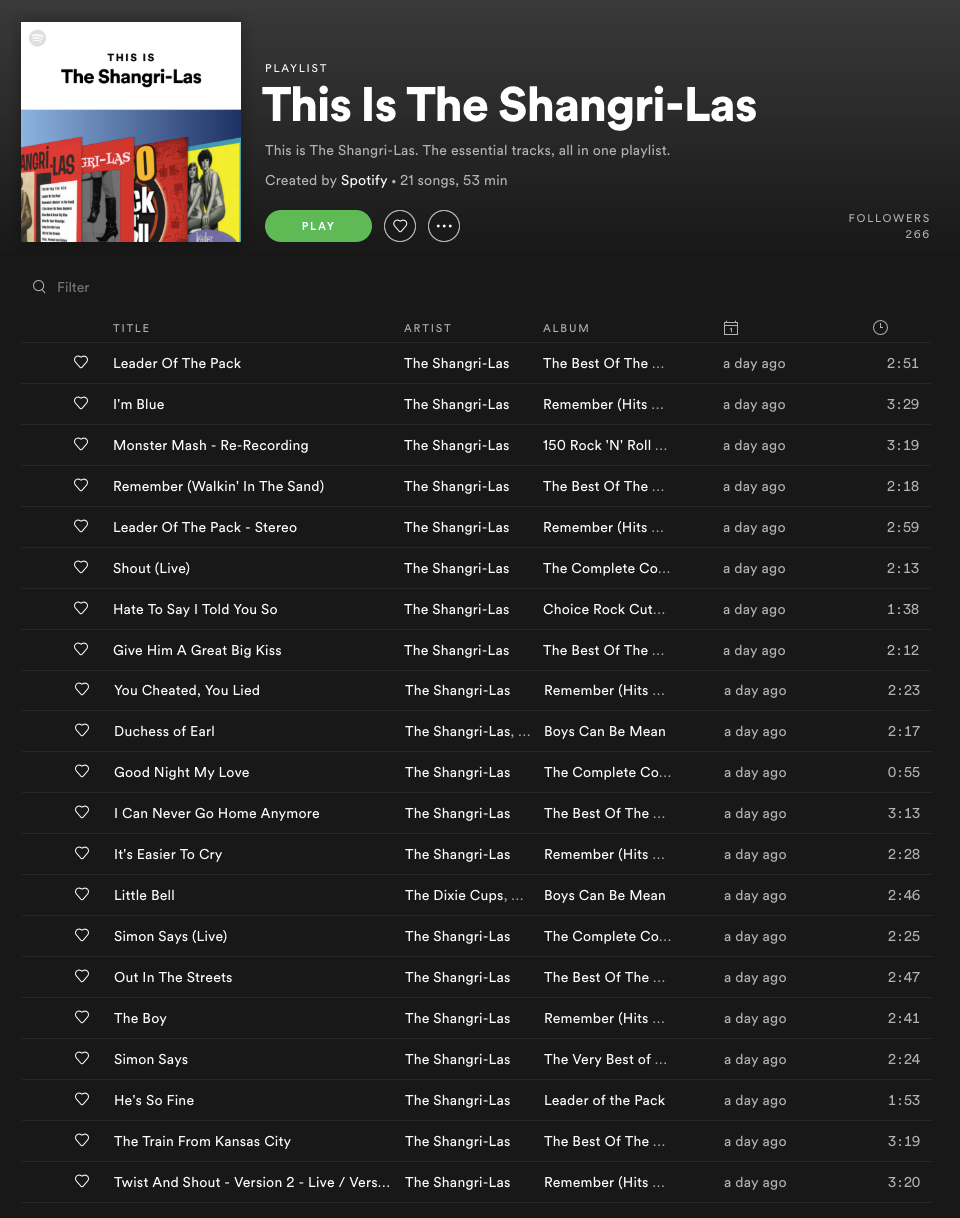Here’s a timely question. What’s the connection between William Friedkin, and Knightmare?
The answer isn’t to be found in anything which was actually broadcast. Because Knightmare had two unbroadcast pilots. One called Dungeon Doom, a 15-minute proof-of-concept recorded in early 1986, and the other, actually called Knightmare, which was a full episode recorded in January 1987.1
And the title music for that second pilot was “Betrayal” by Tangerine Dream: the main theme to Sorcerer, directed by Friedkin in 1977:
The music was also used in the trailer for the film:
It has to be said, what an absolutely wonderful choice of music that was for the Knightmare pilot. I wouldn’t trade Ed Welch’s incredible theme for anything, of course, but “Betrayal” perfectly captures the mood of the series: dark, foreboding, electronic. It could easily have been used as incidental music in the show proper.
But how do we know that second pilot used “Betrayal” for its main theme? Sadly, despite people’s hopes over the years, neither pilot has ever actually leaked online. Which is something that has become increasingly bizarre. The show has a still-active fandom over at Knightmare.com, and next January that site will have been going for 25 years. It’s something which feels like it should have made it out there by now… but hasn’t. Maybe one day. Preferably before I snuff it.
We do, however, have the next best thing. Back in 2010, Billy Hicks got hold of the script of that second pilot, wrote about it, and uploaded the full thing. And as part of that script, we’re told:
Title Music – Tangerine Dream ‘Betrayal’/E Froese, C Frauhe, P Bannman/MCA Records Inc/MCL 1646/Sd2/NV2
The script itself is fascinating, and not just because you can spot the differences between the pilot and Series 1. It’s close enough to the first broadcast episode of Knightmare that it really gives an insight into how the show was put together in those early years. The multiple responses needed by actors must have been absolute agony to learn.
So when you get a moment, give that script a read, and try listening to “Betrayal” in the background. It’s almost as good as actually watching that unbroadcast pilot for real.
Almost.
See Tim Child’s How Knightmare Began for the full story. ↩
As pointed out to me on Twitter, the script manages to misspell both Christopher Franke and Peter Baumann’s last names. ↩





